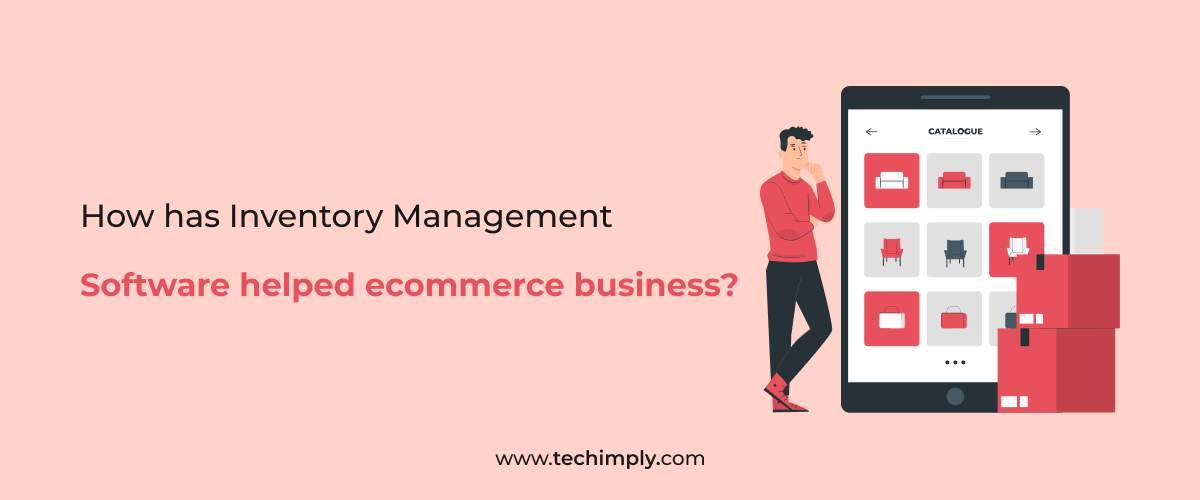As more and more business operations move online, the importance of cybersecurity continues to grow. Cyber attacks are becoming more sophisticated, and hackers are finding new ways to exploit vulnerabilities in computer systems and networks. According to reports, 80% of exploits were made public before the release of CVEs. With a devastating 23-day gap between an exploit's publication and the corresponding CVE, companies must have stringent security protocols in place.
Shockingly, 84% of businesses contain high-risk vulnerabilities, with half easily removed through software updates. In 2021 alone this issue was highlighted as 18% of all attacks were landed using outdated exploits from 2013 or earlier. This emphasizes the importance of organizations equipping their systems with strong security measures to guard against any potential data breaches.
In the following article, we are going to take a look at what vulnerability scanning is, its importance, and how it works. We will also be looking at some important tips for how to manage vulnerabilities.
What is Vulnerability Scanning?
Utilizing automated tools, vulnerability scanning allows us to uncover potential security vulnerabilities and weaknesses that may be hiding within computer systems, networks, or applications. The scanning process involves searching for known security weaknesses and misconfigurations in software, hardware, and systems.
The essential aim of vulnerability scanning is to detect vulnerabilities before they can be taken advantage of by malicious actors. Once vulnerabilities are identified, they can be addressed by system administrators or IT security teams by applying patches, implementing security controls, or making other necessary changes to mitigate the risk.
Free vulnerability scanners can be a great starting point for organizations looking to improve their security posture. There are many free vulnerability scanners available. While they may not have all the features of paid options, they can still provide valuable insights into an organization's vulnerabilities. However, it's important to note that free scanners may have limitations in terms of the number of scans, support, and customization options available.
Here are ten free vulnerability scanners:
-
Astra Vulnerability Scanner
-
Nessus
-
Intruder
-
BurpSuite
-
Orca Security
-
Beagle Security
-
Acunetix by Invicti
-
InsightVM (Nexpose)
-
Detectify
-
Indusface WAS
Why Vulnerability Scanning is Important
Vulnerability scanning can be an invaluable asset for any organization, providing the ability to detect and mitigate potential security issues before they are taken advantage of. Here are some of the key reasons why vulnerability scanning is important:
Proactive threat prevention
- Vulnerability scanning is a proactive approach to threat prevention. Rather than waiting for a cyber attack to occur, vulnerability scanning allows organizations to identify potential vulnerabilities and take steps to mitigate them before they can be exploited.
- By regularly scanning their systems and networks for vulnerabilities, organizations can stay ahead of cyber threats and take proactive measures to mitigate them. By doing this, the chances of a successful attack are drastically decreased and any breaches that do occur will have minimal consequences.
Automatic Scans
- Keeping your systems secure is a continuous process, especially with the ever-evolving threat landscape. As applications are updated and upgraded, they become increasingly susceptible to infiltration by malicious hackers. Automating your vulnerability scanner to run a scan with every code update can save valuable time and effort in identifying new vulnerabilities, ensuring that you stay on top of potential threats and avoid costly security breaches.
Prioritization of security efforts
- By conducting vulnerability scans, companies can better understand which areas of their security need more attention and prioritize accordingly. By identifying the most critical vulnerabilities, organizations can focus their resources on fixing the most important issues first.
Accurate reports
- Machine learning-driven vulnerability scanners are highly effective in scanning your system and can improve accuracy with every use. Reports generated by such scanners are increasingly accurate with fewer false positives, ensuring that you can take action on genuine vulnerabilities rather than being inundated with false alarms. Additionally, vulnerability scanning reports are generated in a shorter time frame, providing you with prompt feedback on the security status of your systems.
Compliance
- Many industries mandate regular security audits, and vulnerability scanning is often a crucial component of these exercises. By using vulnerability scanning, you can not only stay compliant with regulations but also build trust with your clients and partners. Being proactive in identifying and addressing potential security threats helps to demonstrate your commitment to protecting sensitive data and safeguarding your organization's reputation.
Tips for Managing Vulnerabilities
- As cyber threats continue to evolve, organizations must keep their systems secure. One of the most effective ways to do so is by conducting regular vulnerability scans. However, it's not enough to simply conduct scans; organizations need to have a plan in place to manage any vulnerabilities found during the scanning process. In this section, we'll discuss some tips for managing vulnerabilities found through vulnerability scans.
Set a well-defined scope for vulnerability scanning
- Before conducting a vulnerability scan, it's important to establish a well-defined scope. This ensures that all critical systems are scanned for potential vulnerabilities. The scope should include all systems, applications, and devices that could potentially be targeted by cyber attackers.
Internal and external vulnerability scans
- There are two types of vulnerability scans: external and internal. External vulnerability scans focus on identifying vulnerabilities on the external surface of an organization's assets. These scans are important for maintaining compliance and identifying potential risks that could be exploited by attackers. Internal scans, on the other hand, focus on identifying vulnerabilities within an organization's systems, such as weak passwords or broken authorizations.
Regular vulnerability scans
- Conducting regular vulnerability scans is essential for identifying potential vulnerabilities before they can be exploited by attackers. Organizations should aim to conduct vulnerability scans regularly, rather than limiting them to once every few months. Continuous scanning helps ensure that vulnerabilities are identified and remediated on time.
Run scans after updates
- Any major updates or changes to an organization's systems can introduce new vulnerabilities. It's important to conduct vulnerability scans after any major updates or changes to the system to identify and remediate any new vulnerabilities.
Keep an incident response plan at hand
- Despite best efforts to secure systems, incidents can still occur. It's important to have an incident response plan in place to minimize the impact of any incidents that do occur. The plan should include procedures for isolating affected systems, restoring systems after an attack, and contacting the appropriate authorities.
Read our blog: The Importance of Cybersecurity in Healthcare Software Development
Best Practices for Managing Vulnerabilities
In addition to the tips above, there are some best practices that organizations should follow to effectively manage vulnerabilities. To successfully protect your system, consider these top ten tips for managing vulnerabilities:
-
Prioritize vulnerabilities based on their severity.
-
Assign responsibilities for managing vulnerabilities.
-
Develop a process for remediating vulnerabilities.
-
Keep software up to date.
-
Implement access controls.
-
Conduct regular employee training on security best practices.
-
Use strong passwords and change them regularly.
-
Regularly review and update security policies.
-
Regularly test and validate security controls.
Parting Thoughts
For any business that values the safety of its assets and data, vulnerability scanning is an essential step. It helps to identify vulnerabilities and weaknesses in systems and networks, enabling proactive measures to be taken to prevent potential attacks or breaches. By regularly conducting vulnerability scans, organizations can stay ahead of threats and ensure the integrity and confidentiality of their sensitive information. Furthermore, there are many free vulnerability scanners available that can provide organizations with a cost-effective way to identify and address vulnerabilities. Therefore, it is crucial for organizations to make vulnerability scanning a priority in their overall security strategy.
Author bio-
Nivedita James is a technical content writer at Astra Security. She is a voracious reader with a penchant for writing and loves to create in-depth articles on all things cybersecurity related.

.jpg)




